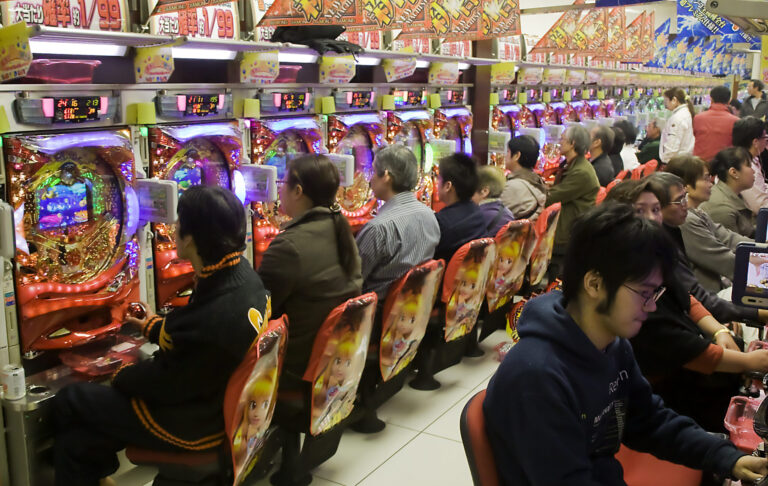In the West, we have Cinderella, Beauty and the Beast and The Little Mermaid, thanks largely to European writers who regurgitated local folklore. The Japanese are of course familiar with these fairy tales as well, but they have their own, which are fairly frequently referenced in books, TV, films and other parts of Japanese culture.
One of the most well-known pieces of Japanese folklore is the story of Momotaro. Momo translates to “peach” and taro is a somewhat common ending for Japanese boy names. The tale is often called “Peach Boy” in English, though. Momotaro tells of an old Japanese couple who never had children but are surprised to find a huge peach floating down the river one day while the wife is washing clothes. They take the peach home to eat, but as soon as they cut into it, a child pops out. They name the boy Momotaro and he tells them that he was sent by the gods to be their child. Once Momotaro grows into a young adult, he takes it upon himself to go on a quest to vanquish oni (demons) who live on an island called the Onigashima and sometimes leave the island to kidnap and/or eat humans. Along the way, Momotaro makes friends with a dog, a pheasant, and a monkey, who join him on his quest in exchange for food. Together, the friends defeat Ura, the leader of the demons and the land is safe once more.
Momotaro should not be confused with Kintaro, another popular Japanese folktale, which is often translated as “Golden Boy.” There are a number of versions of the Kintaro story, all of which have him raised by either his natural mother or an adopted mother alone in the mountains, where he became superhumanly strong. Kintaro’s strength includes the ability to uproot trees, smash rocks barehanded and bend tree trunks even as a toddler. He is most famously depicted in his chubby toddler stage, wearing only a large bib with the kanji for “gold” on it. He becomes friends with the mountain forest animals and eventually, as he grows older, he attracts the attention of a regent of the emperor.Kintaro moves to Kyoto to become one of the legendary Shitenno (“four braves”) who serve alongside this regent, Minamoto no Yorimitsu. At this time, Kintaro takes the name Sakata Kintoki.
Come back next week for a look at two more Japanese fairy tales!
Have you ever heard of Momotaro or Kintaro? What do you think the morals of these stories may be—if there are any? What other Japanese folktales have you heard of?
No related posts.
Tags: fairy tale, folktale, japan, japanese culture, japanese history, kintaro, momotaro



